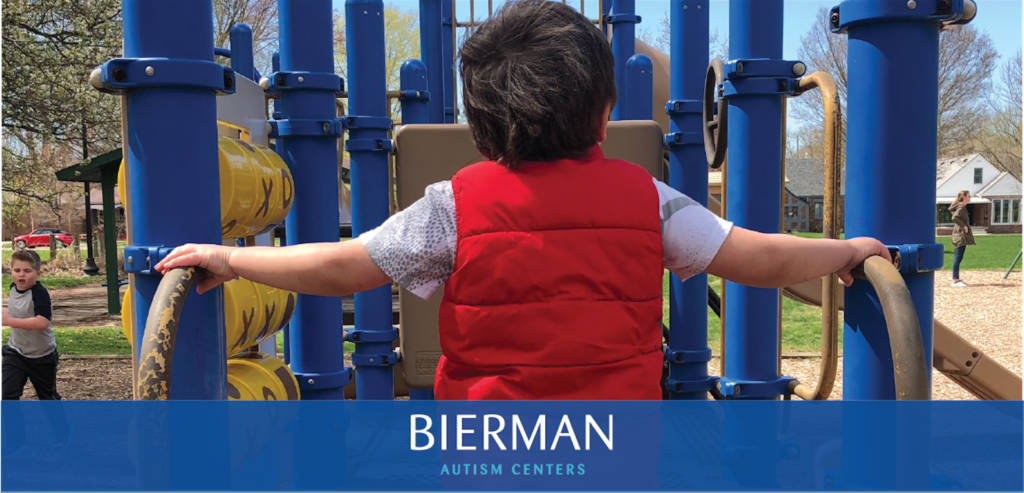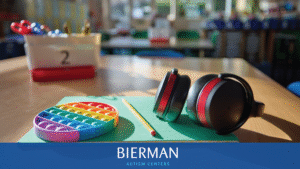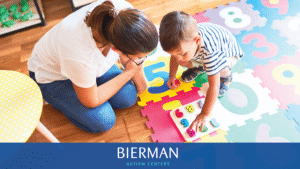We are quickly approaching summer vacation, and most parents are starting to think about what activities their children can do independently and keep them busy throughout their break. And this is why we want to provide parents with resources, ideas and strategies for a successful summer with their kids!
First and foremost, it is important to develop a plan that will be fun for your kids but also be productive and allow for natural learning opportunities. But even as you are developing your plans, it is important to always keep in mind that you should take it day by day. You do not have to have the whole summer planned out from the start. Things will change, and you want to stay flexible throughout the summer. You also do not want to stress out on coming up with a plan before the summer starts!
Once you start thinking about developing a schedule, you, first and foremost, want to have activities that can serve as an alternative to too much screen time, especially the TV. Watching TV day in and day out will eventually get boring and doesn’t lead to new learning opportunities, but TV in moderation can be a special activity that kids earn. It is important to help your kids remember that there are a lot of things that they enjoy doing. Creating a schedule, it can help kids stay engaged in activities and keep them from getting bored throughout the day. By sectioning things out, you will be able to plan and say that it’s going to be learning time for an hour and then it’ll be a snack and creative time. Creating structure for potentially long days allows time to keep moving and for the kids to know what they can look forward to next. This can also allow you to schedule TV or screen time and set a time limit for moving to the next activity.
It also helps to create a visual plan for your kids. This is especially helpful for younger kids. A visual of their schedule allows them to move through things independently.
Secondly, Pinterest is your friend! It has many different resources for creating schedules, finding activities, and templates. We recommend it for scavenger hunts, treasure hunts, themed activities, and much more. Pinterest is there to give you new ideas on themes and materials if you’re ever stumped on how to switch up an activity.
A few activities to add to your kid’s schedule can include:
- Reading books: This can promote auditory, recall, and comprehension skills! Tell your kids that you will ask them questions at the end of the book to see what they remember. If they don’t remember what happens, you can look for contextual clues on the page or point to different pictures. If your child can read, you can have independent reading time, and then they can tell you what they learned or liked most about the stories at the end. If your child cannot read but needs time to do the activity independently, you can have them look through the pictures in different books and tell you what they think happened in the stories at the end.
- Scavenger hunts: On nice days, instead of sending kids outside just to play, create a scavenger hunt that allows them to engage with their environment. Tell them to try to find three leaves, two sticks, something round, green, etc. This can also help kids learn how to categorize and think about things.
- Chores: These can be fun, and if you have multiple kids, you can create a competition out of the different activities. Get a timer and see who can complete their chore/task first. Simple household chores help with categorization, following directions, and developing fine and gross motor skills. This also helps your kids learn how to clean up after themselves and can make organization a fun activity! To do chores or clean up easier, you can label bins or put pictures of the items in front of the location.
- Treasure hunts: This can be done inside or outside and is a great option for using clues. Once your child finds a clue or completes a puzzle or activity, tell them where to go next. If you have time, you can create a treasure map for them to follow and mark an X on where they should look next.
- Drawing activities: These are great because they can be done anywhere, and you can use various materials to mix it up. Have them draw while taking their daily bath using bubbles or chalk on the sidewalk. You can prompt them to draw specific things they see or know. Ask them to write their name and draw their favorite cartoon or the environment around them. This great activity helps work on your child’s fine motor skills.
Last but not least, when thinking about different activities, try to incorporate different tasks that will allow them to develop their motor, speech, and sensory skills. Breaks are a great time to work on skills not addressed during the school year or build upon skills they just started working on.
Now is the time to get excited about your plan and get your kids pumped about their summer plans. The more excited each of you is, the more likely you’ll stick to your plans and keep the kids motivated in their summer activities.
We cannot wait to hear what types of activities you and your kids get up to this summer!
Note: This blog post is based on Bierman Learning Centers’ webinar.


